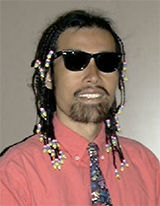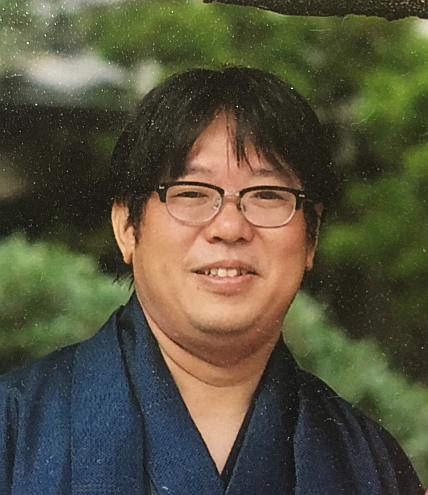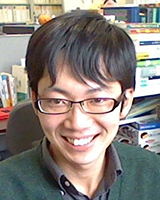Tutorials and Expert Talk
[Tuesday, October 24, 15:30 – 16:30, Room 1005]
Unveil the principle behind a solution through technical writing
This talk presents a way to identify the principle behind a solution. Through a process of clarifying the problem-solution relationship in technical writing, a better logic for the paper is built. A solid logic directly benefits the author(s) by making reviewers understand the point of the paper easily, leading to a higher acceptance rate. It is emphasized that the earlier mentioned clarification process to establish a solid logic often unveils a more general principle behind a solution, which may open a door to another research. Some examples to convince the audience support the value of technical writing.
Dr. Akihiko K. Sugiyama
Research Fellow
NEC Data Science Research Laboratories, Japan

[Wednesday, October 25, 14:00 – 15:00, Room 1006]
ITS and Automated Driving Technology towards 5G Era
In Japan, the V2X communication service using 700 MHz band was started at the end of 2012. It is primarily aimed for the safety driving services, however in these few years the application use-cases for automated driving have been discussing. Recent progress in connected and automated driving is introduced in this talk. The talk is focused on the platform for the automated driving.
In the first half part of the talk, we will focus on the V2X communication system, and discuss how to relate the communication to the automated driving. The Dynamic Map (DM) is introduced as one of the key technologies for the automated driving. In the latter half, the recent research results of our laboratory are introduced. To realize the DM, we propose to use the Mobile Edge Computing (MEC) to minimize the delay. To evaluate how to contribute the MEC in the automated driving system, we constructed the evaluation platform using 1/10 scale miniature car. As a conclusion of the talk, the expectation of the next generation communication system will be shown from the view point of the automotive applications.
Dr. Satoshi Makido
Manager of the Road Environment Understanding Lab.
Toyota Central R&D Labs., Japan

[Thursday, October 26, 12:00 – 13:00, Room 1001A]
The Process for IEEE Fellow Grade Elevation
The grade of IEEE Fellow is a distinction reserved for IEEE members who achieved extraordinary accomplishments. One tenth of one percent of the IEEE voting membership are elevated to IEEE Fellow. The IEEE MGA oversees the Fellow nomination; however, the Societies/Councils have the responsibility for evaluating and submitting to the IEEE Fellow Committee. This presentation is intended to demystify the process for completion and submission of a Fellow Nomination for evaluation and elevation to the grade of IEEE Fellow. It should be noted that many apply, but only a select few are considered fitting of this prestigious grade. This is the process for those IEEE members whose accomplishments are extraordinary and desire to pursue the grade of IEEE Fellow.
Mr. Stephen Dukes
IEEE Fellow, Vice President of Conferences
IEEE Consumer Electronics Society

[Friday, October 27, 12:00 – 13:00, Room 1001A]
Academic Presentation Skills
This tutorial offers an overview of essential skills for academic presentations with a number of illustrative examples. We will discuss three main topics: (1) determining message, storyline and structure, (2) tips to prepare simpler and clearer slides, and (3) a mind-set and training for a confident speech. Many presentations have been improved dramatically with only a few points in above topics. The tutorial is mainly designed for undergraduate and graduate students in master course, however, many of the contents will also be useful for experienced researchers and business persons.
Dr. Kei Gomi
Researcher
National Institute for Environmental Studies, Japan
